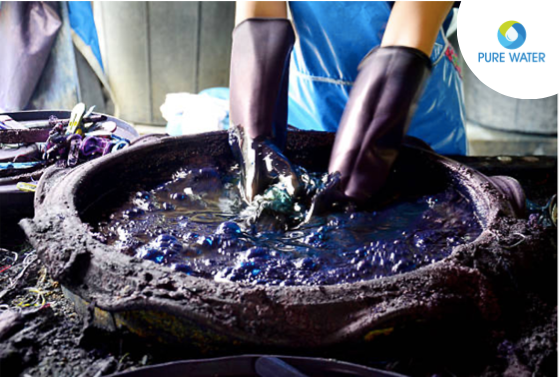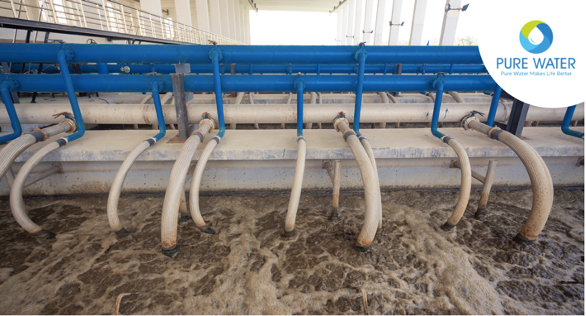
Evaporation is essentially a separation process that takes advantage of the changing physical states of water, or other solvents, from liquid to vapor. It is unique from other separation processes, in that the water is removed from the contaminants rather than the pollutants being filtered from the water.
Although widely used in the water treatment industry across the world, the capital and energy requirements for evaporation processes have always been too intensive for wastewater treatment or recycling applications.
So what makes these evaporators so expensive and prohibitive in nature? Here are a few factors that their play their part:
- Increase in energy/coal prices – Energy price index increased by 26.3 percent between January and April 2022, on top of a 50 percent increase between January 2020 and December 2021.
- Increase in water capacity – This one is a simple one. When the volume of water to be treated by the evaporator increases, this increases the load on the evaporator and subsequently increases the overall cost to treat and evaporate it.
- Large footprint – Evaporators are an equipment system and require a large footprint to install at the site of production.
- Environmental impact – The evaporators burn fossil fuels (oil, gas or coal) to produce heat, and electricity required for evaporation. This causes carbon emissions and causes serious pollution.
- Lack of knowledge on the subject – End users who have limited knowledge regarding the evaporation technologies end up spending substantial amount of money.
With so many factors causing evaporator systems to be extremely expensive as well as prohibitive for various other reasons, it only makes sense to reduce the load on them.
The moment the volume of water to be evaporated is reduced, the energy costs fall down, the space/footprint requirement reduces drastically and there is a significantly lesser adverse impact on the environment.
There are innovative technologies available in the market which help in reducing the total volume of water to be evaporated. These technologies focus on concentrating the effluent to such an extent that the rest of the diluted effluent is fit for reuse for various industrial applications.
Few technologies available in the market that help in reducing the load on evaporators are:
- Nanofiltration Membranes (NF) – While RO and NF are both membrane technologies that uses a semipermeable medium to remove certain ions and particles from a liquid stream, Nanofiltration delivers slightly coarser filtration. It has the ability to remove particles as small as 0.002 to 0.005 μm in diameter.
- Forward Osmosis Membranes (FO) – The FO system system uses the osmotic pressure difference between the feed solution on one side of membrane and a draw solution with a higher osmotic potential. This leaves behind clean water which can further be used for other applications.
There is a pressing need for effective solutions to reduce the load on evaporator systems. Cost savings, lesser footprint and environmental friendly approach are just few of many benefits that these technologies pose to end users.
Pure Water Enterprises represents Suez Water Technologies for its Nanofiltration membranes and Aquaporin A/S for its Forward Osmosis membranes. We are also working on a low cost and low hat evaporator which helps customers in saving on CAPEX as well as OPEX.
Get in touch with us at info@purewaterent.net, to know more about our offerings!






About The Author: Rahul Mehta
More posts by Rahul Mehta